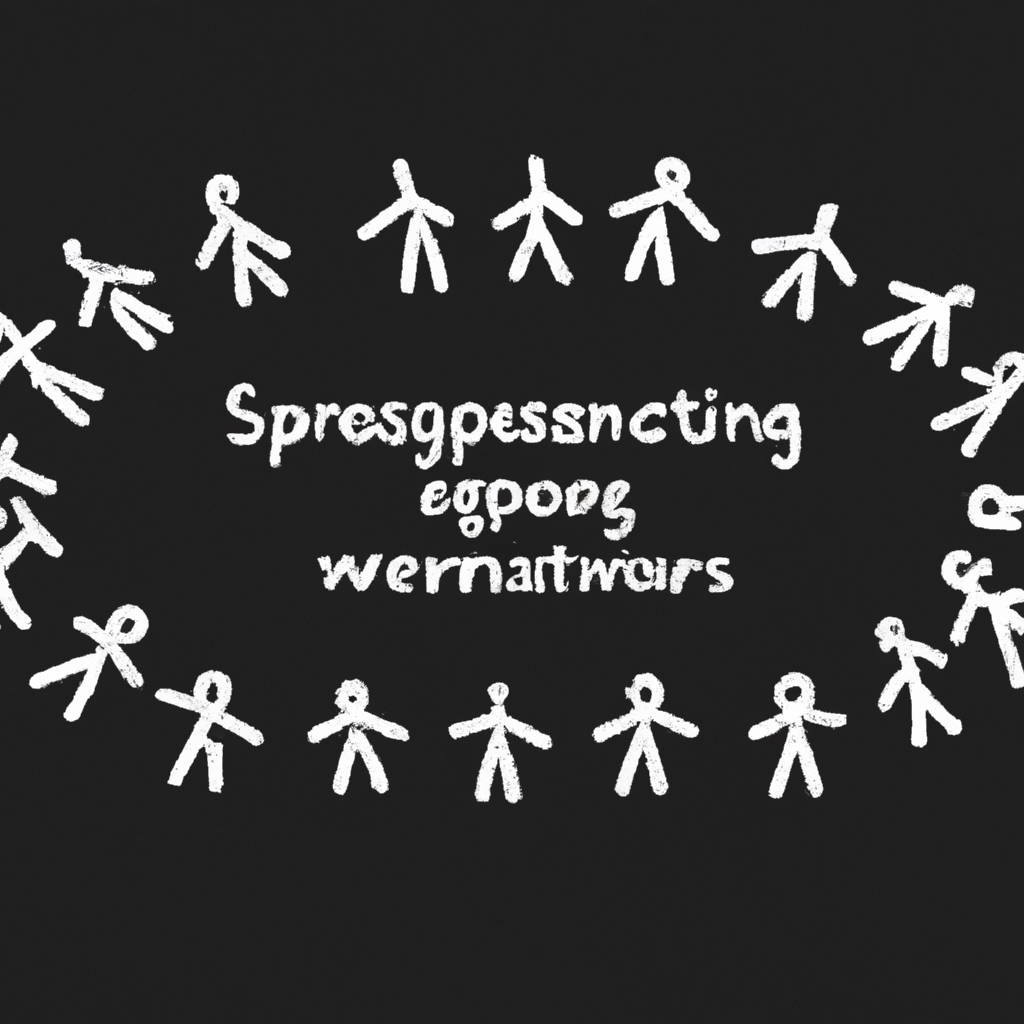Safer Internet Day is a global event celebrated in over 170 countries every February. This occasion aims to raise awareness about online safety and responsibility, encouraging internet users to take proactive measures to protect themselves and others from various online threats. It emphasizes the importance of practicing responsible behaviors like protecting personal information, knowing when and how to report suspicious activities, and being respectful of others online.
The event is marked by numerous activities geared towards educating both young and old about the potential hazards of the internet, and how to use it in a safe and responsible manner. The internet, while a powerful tool, can also be a breeding ground for cyberbullying, identity theft, privacy invasion, and other harmful conduct if used irresponsibly. Safer Internet Day serves as a reminder to all that maintaining a safer online environment is a collective responsibility.
This involves teaching children about digital etiquette, monitoring their online activities, and promoting open dialogue about their experiences. For adults, it includes being vigilant about using secure networks, regularly updating passwords, and being cautious about the personal information they share online. The goal of Safer Internet Day is to foster an online culture where safety, respect, and responsibility are paramount. Despite the numerous challenges posed by the digital world, through education and awareness, it is possible to navigate the internet securely and responsibly.

Join the Movement: Participating in the Global Celebration
Join the Movement: Participating in the Global Celebration is an important manifestation of unity, diversity, and global consciousness. This is an endeavor that encourages individuals from all walks of life to take part in a worldwide festivity, irrespective of their location, culture, or beliefs. This unique concept transcends geographical boundaries and cultural divides, bringing together individuals from different continents, ethnic backgrounds, and social strata.
The idea of a global celebration is to promote a sense of belongingness, to foster an environment where everyone feels connected and part of a greater whole. It’s an opportunity to experience the beauty of diversity, to learn from other cultures, and to share our own. It strengthens the bonds between nations and people, encouraging mutual respect, understanding, and cooperation. Participating in this global celebration is more than just joining a party; it’s about showing solidarity, promoting peace, and advocating for a more inclusive and harmonious world.
In this era of digital connectivity, joining the movement has become easier than ever. Social media platforms and virtual events have made it possible for everyone to be part of this celebration, no matter where they are. From online performances and virtual tours to interactive workshops and webinars, the digital space offers a plethora of ways to engage and participate.
Join the Movement: Participating in the Global Celebration also encourages environmental awareness and sustainability. It advocates for responsible celebrations that respect and protect our planet. It encourages everyone to celebrate in ways that are sustainable and eco-friendly. This is not just a celebration of human diversity, but also a celebration of the natural world that sustains us.
Participating in this movement is a testament to our shared humanity. It is a powerful reminder that despite our differences, we are all part of one global family. It reinforces the idea that our differences make us unique, but our shared values and aspirations unite us. Joining this movement is an affirmation of our commitment to unity, diversity, and global harmony.
Educating and Empowering: Initiatives to Foster Digital Literacy and Awareness
Digital literacy and awareness are pivotal in today’s technology-driven world. Numerous initiatives aim to foster and enhance these skills, educating and empowering individuals to navigate the digital world confidently and safely. These initiatives, often led by government bodies, educational institutions, and non-profit organizations, focus on teaching people how to use digital platforms and tools effectively and responsibly. They cover a broad range of areas, including internet use, social media, online privacy, and cyber safety.
One of the key objectives is to ensure that people have the capacity to utilize digital technology in their day-to-day lives, whether for work, education, or social interaction. This not only includes teaching people how to operate digital devices and use applications, but also how to understand and critically evaluate digital information. This is crucial in an age where misinformation and fake news can spread rapidly online, leading to confusion and potentially harmful consequences.
Another vital aspect is raising awareness about online safety. This involves teaching people how to protect their personal information, avoid phishing scams, and use secure networks. It also includes educating individuals about respectful online communication, helping them to understand the potential risks and consequences of their digital actions.
These initiatives are especially important for vulnerable groups, such as children, the elderly, and individuals with disabilities, who may be more susceptible to digital threats. By providing them with the knowledge and skills to use digital technology safely and effectively, these initiatives are empowering them to participate fully in the digital world.
In conclusion, educating and empowering people to become digitally literate and aware is an essential undertaking in our digital age. Through various initiatives, we can ensure that all individuals are equipped with the necessary skills to navigate the digital world confidently, responsibly, and safely.

Taking Action: Steps to Enhance Online Security and Privacy
In today’s digital age, enhancing online security and privacy has become a paramount concern. With the increasing prevalence of cyber threats, it is evident that taking proactive steps towards safeguarding one’s virtual presence is not just an option, but a necessity. The first step in this direction is creating strong, unique passwords which should be changed frequently. This simple act can significantly reduce the risk of unauthorized access to your personal information. Additionally, implementing two-factor authentication, where possible, adds an extra layer of security.
To protect your privacy, consider being selective about the personal information you share online. Limiting the amount of personal information available on social media platforms can help to reduce the risk of identity theft. Also, be cautious when using public Wi-Fi networks, as they often lack adequate security measures, making them a prime target for cybercriminals. Using a virtual private network (VPN) can provide a secure connection, helping to shield your online activities.
Another significant step is keeping software, apps, and devices up-to-date. These updates often include patches for security vulnerabilities that could otherwise be exploited by cybercriminals. Regularly backing up your data is also crucial. In the event of a cyber attack, having a recent backup of your data can prevent permanent loss.
Moreover, it’s crucial to educate oneself about phishing scams and other online threats. Recognizing suspicious emails, messages, and websites is an effective way to avoid falling victim to these scams. In addition, installing a reputable security software can help to detect and remove threats.
In conclusion, enhancing online security and privacy requires a combination of smart habits and the use of protective measures. By implementing these steps, individuals can significantly reduce their risk of falling victim to cyber threats, thereby ensuring a safer online experience. Remember, in the digital world, your first line of defense is you.
Spreading Awareness: Engaging in Discussions and Activities to Support Safer Internet Practices
Spreading awareness about safer internet practices is an essential endeavor in today’s digital age. Engaging in discussions, workshops, and other interactive activities can significantly contribute to this cause. Sharing knowledge about the potential dangers lurking online, such as cyberbullying, phishing, scamming, and identity theft, can help users navigate the digital space with more caution. Internet users, especially the younger generation, need to understand that not everything they see on the internet is trustworthy.
They should be taught techniques to identify and avoid risky situations online. For example, recognizing suspicious emails, understanding the importance of strong passwords, and knowing the risks of sharing personal information online are crucial aspects of internet safety education. In addition to this, it’s equally important to promote positive online behavior, such as respecting others’ privacy, being aware of digital footprints, and using social media responsibly. Hosting panel discussions with experts, running educational campaigns, organizing role-play activities, and providing resources on safer internet practices can be some effective ways to spread this awareness.
It is also essential to involve parents, teachers, and guardians in these initiatives, as they play a significant role in guiding the younger generation about internet usage. By fostering a culture of open communication about online safety, we can empower everyone to use the internet responsibly and confidently, thereby creating a safer online environment.

Conclusion
A conclusion refers to the end or finish of an event, process, or text. It serves as the final judgment, decision, or inference made after considering all relevant factors or evidence. In the context of a research paper or an essay, a conclusion is a critical component that summarizes the main points or arguments presented in the body of the text and provides a final perspective on the topic. It is the last chance for the author to convince the reader about the validity of the presented arguments or viewpoints.
A well-crafted conclusion not only restates the thesis statement but also synthesizes the information, encapsulates the essence of the discussion, and leaves the reader with a lasting impression. In the realm of science, a conclusion is drawn after conducting experiments or investigations, interpreting data, and analyzing results. Similarly, in a business scenario, after various stages of decision-making, a final conclusion is reached that determines the future course of action.
A conclusion, therefore, is not merely an end but a culmination of thoughtful deliberation and insightful reasoning. It is a reflection of the intellectual rigor applied throughout the process, whether it be writing a literary piece, conducting a scientific experiment, or making a business decision. A conclusion, in essence, provides closure, sums up the story, and articulates the significance of the work or actions undertaken. It’s a powerful tool that reinforces the message, instills a sense of completion, and often guides future inquiry or action.